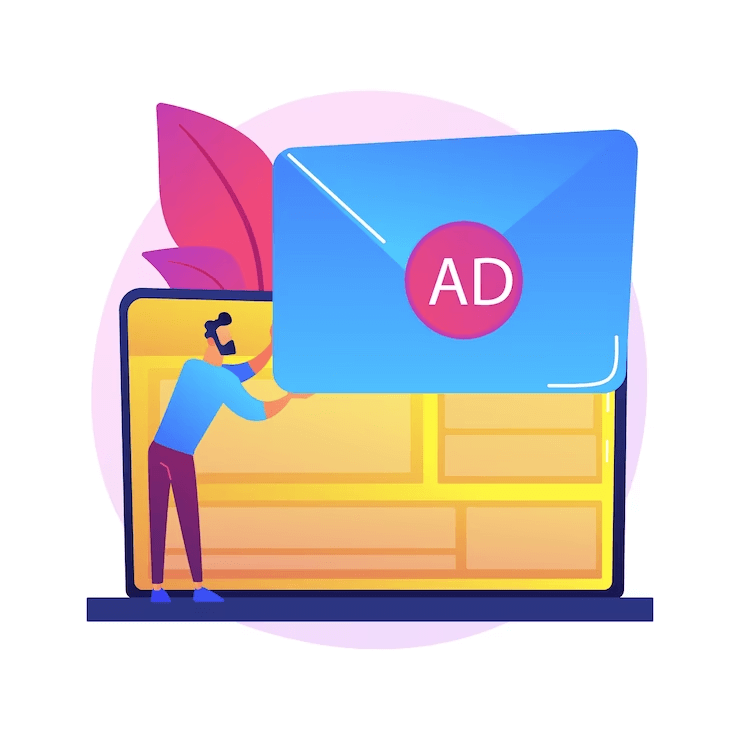
Third-Party Cookies Are Cancelled: What It Means for Marketers
Table of Contents
For many years, companies have relied heavily on third-party cookies to create highly targeted campaigns. They provide marketers powerful information like the user’s behavior, age, gender, and location—all crucial for serving ads to the right audience.
However, concerns about online privacy have led to the demise of third-party cookies. By 2022, all major internet browsers, including Google Chrome, will discontinue their use.
The big question is: how are marketers and advertisers adapting to these recent developments? Read on to find out.
Why Third-Party Cookies Are Being Cancelled
In 2020, Google announced its intentions of joining Apple and Mozilla in their quest to eliminate the use of third-party cookies in both online channels and mobile apps. Their goal is to make the web a more secure and private space for users.
The decision to do away with third-party cookies stems from users’ growing concerns about who is collecting their data, how much of it is being collected, and how brands are using it. Third-party cookies do not give users control over how their personally identifiable information (PII) is used online.
It’s important to note that not all types of cookies will be phased out. First-party cookies, which allow browsers to remember user information such as passwords, recommendations, and search preferences, will be retained.
What It Means for Advertisers
Without third-party cookies, audience targeting and frequency capping will be difficult for the majority of advertisers. Cross-site tracking, which enables user activity monitoring for advertising purposes, will be deemed obsolete. Worst case scenario, the lack of personalization of ads can decrease the effectiveness of advertising campaigns.
Orchid Richardson, the president of the programmatic and data center at the Interactive Advertising Bureau (IAB), states that brands tend to be least equipped to disable third-party cookies. She claims they are waiting for someone to create a solution for them instead of being proactive.
Meanwhile, direct-to-consumer companies are already ahead of the game. They have begun using customer relationship management (CRM) systems and customer data platforms (CDP) to collect data. These enable them to launch targeted campaigns and effectively sell their services to clients.
What It Means for Publishers
Recent reports by the IAB show that the disabling of third-party cookies could lead to publishers losing up to $10 billion in ad revenue. Likewise, a study by Google reveals a potential 50-70% decrease in ad revenue for brands that fail to adopt an effective ad and data management strategy by 2022.
Some reasons for the decrease in revenue include:
- Use of less profitable media buying strategies based on cost-per-click (CPC) and cost-per-action (CPA) models
- Reallocation ad spending to prominent technology platforms such as Amazon, Youtube, and Facebook, which have their own authorization systems
- Redirecting a portion of the ad budget to mobile advertising efforts on Android devices, where targeting restrictions are yet to be applied
What Are the Alternatives to Third-Party Cookies?
A world without cookies is possible. Here are some solutions that could replace third-party cookies in digital advertising:
Privacy Sandbox by Google
In 2019, Google launched the Privacy Sandbox as part of its efforts to protect user privacy on the web. Instead of using third-party cookies to collect user data, the platform uses a tracking method called Federated Learning of Cohorts (FLoC) to analyze online activity.
Contextual Advertising
Contextual advertising enables marketers to display more relevant and targeted ads to consumers. Instead of using user data, parameters like keywords and website topics are used to match an ad to a website.
First-Party Data Collection
First-party data is information directly collected from users. This leverages classic data collection tactics like content creation and email marketing.
Work with A Trusted Video Advertising Agency
Partner with an agency that has all the tools you’ll ever need to thrive in a post-cookie ecosystem. Aniview constantly provides video ad monetization solutions that adapt to the changing demands of the advertising landscape. Our premier video ad server and video ad player systems allow you to effortlessly deliver and monitor ads to the right audience. Connect with leading publishers and advertisers around the world. Reach out to us today to learn more about our services.


